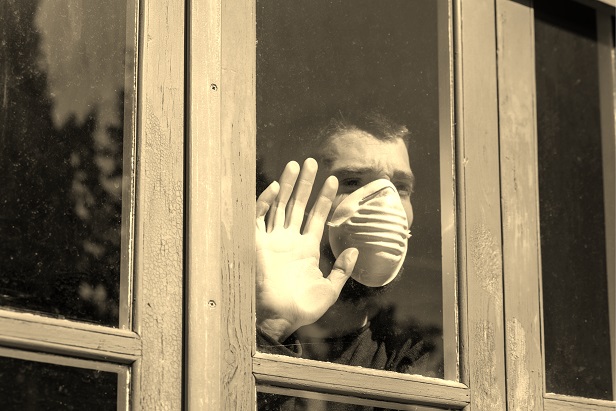Even before the coronavirus descended on the world, workers werebattling plenty of stressors. Many were trying to find abalance between work and home life when the office seemed to be"always on." Additionally, they were struggling to achieve (orkeep) a degree of financial wellness.
|But then COVID-19 arrived, and suddenly—according to MetLife's18th annual U.S. Employee Benefits Trends Study—financialhealth has become the top focus of 52 percent of workers, risingabove the other issues they were already struggling with.
|The survey, conducted in two "waves"—one pre-coronavirus, theother in April—found that before the pandemic hit, 40 percent ofemployees said they were struggling with an "always-on" workplace.But now 70 percent of employees say that the coronavirus hasupended their daily routine.
|Fifty percent say they're tired; 50 percent say they'restressed; 43 percent say they're burned out; 34 percent say they'rediscouraged; and 28 percent say they're stressed—not exactly thepicture of a healthy workplace, and it shows in the absentee rate,with a third of employees saying they've taken a day off in thepast 12 months because of stress.
|But now, in the midst of the pandemic, two thirds say they'refeeling more stressed than they were before the coronavirus hit,with 38 percent reporting that their jobs or employment status hasbeen hit and 36 percent of full-timers saying there will eventuallybe a hit.
|And if employees were struggling before, surprisingly enough,employers were too, with 60 percent saying they had a tough timecoping with the blended work/life world—and that's up 3 percentfrom 2019.
|But employers need to destress their employees or they'll haveeven bigger problems. According to the report, the ball is in theboss's court, with the need for employer-offered benefits andprograms to help ease employee stress and improve their well-beingboth now and in the future.
|Among the strategies employers need to provide are the abilityto switch off, says the report, more flexibility to get through thenew work environment, and helping employees set boundaries forwork—with managers leading the way.
|In addition, new options must be available for employee mentalhealth and financial wellness. In fact, before the virus hit, 58percent of employees who struggle said their employer doesn'tprovide helpful mental health options, and 55 percent of employeeswho struggle said they anticipated having to put off retirementbecause of their finances.
|Considering that 73 percent of employers said cutting employeestress was a major objective for 2020, even before the coronavirus,and 55 percent said employee burnout was a major concern orchallenge—again, before the pandemic—they'll have their work cutout for them.
|The report says that such strategies as more paid time off, awork-from-home policy, emergency hardship assistance, mentalwellness programs, paid caregiver leave and subsidizedinternet/cell service are all options employees said would helpthem during the pandemic.
|READ MORE:
Complete your profile to continue reading and get FREE access to BenefitsPRO, part of your ALM digital membership.
Your access to unlimited BenefitsPRO content isn’t changing.
Once you are an ALM digital member, you’ll receive:
- Critical BenefitsPRO information including cutting edge post-reform success strategies, access to educational webcasts and videos, resources from industry leaders, and informative Newsletters.
- Exclusive discounts on ALM, BenefitsPRO magazine and BenefitsPRO.com events
- Access to other award-winning ALM websites including ThinkAdvisor.com and Law.com
Already have an account? Sign In
© 2024 ALM Global, LLC, All Rights Reserved. Request academic re-use from www.copyright.com. All other uses, submit a request to [email protected]. For more information visit Asset & Logo Licensing.









